Fergus Early reviews 30 years of Green Candle Dance Company
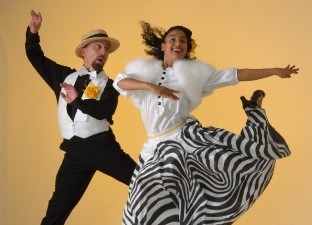
30 years old! – a good moment to reflect, though it is never easy to find the time for reflection: even as I write this, I’m conscious of the two fat grant applications which need completing. Even so, 30 years is quite a stretch for a small arts company and represents more than half of my professional life.
What does this survival represent? Obviously perseverance bordering at times on sheer dogged pig-headedness, a degree of luck, light-footed flexibility, above all, the sheer quality of people who have worked with or served the company. To mention some: our first administrator, Teresa Watkins (now creative director of RDF Media), General Managers Jackie Alexis, Katy Spicer (now CEO English Folk Song and Dance Society), Moira Sinclair (now CEO Paul Hamlyn Foundation) and, currently, our long-standing and superb administrator, Suzanne Firth.
Our board, too has been blessed with a remarkable membership over the years: Chairs such as Merryl Cross and Maggie Semple who gave valuable leads on our equalities policies and practices; Peter Brinson, who gave wonderful support right up to his final illness; Mary Prestidge, Chris Thomson, Naseem Khan and our recently retired but tireless Chair, Chris Phipps – just a few of the remarkable allies we have been lucky enough to work with.
As for artists – performers and teachers – there have been too many to credit them all here, but here are a few, all associated with important steps forward in the company’s development: in the early days, Janice Galloway (now a board member), Pearl Jordan, Nigel Warrack, Lati; later Rrenford Fagan, Rosie Kay, Chantelle Nassari (possibly the first wheelchair user contracted as a performer in a dance company); the wonderful composer-performer-musicians who established and maintained our practice of using live and original music – Sally Davies, James Thomas, Will Embliss and Martina Schwarz; special mentions for Marie Lawrence, Will Palmer and Jreena Green, who all served the company as wonderful performers and teachers over more than 10 years. Other great teachers and organisers include Chantal Bardouille, our current staff members Vicki Busfield and Danielle Teale and perhaps most influential of all, Rachel Elliott (now Education Director of English Folk Dance and Song Society) who, in her 13 years with the company established sound and comprehensive educational policies and practices and, among many initiatives, conceived and directed the annual Deaf Dance Summer School in collaboration with Sadler’s Wells for 9 successive years. These are just a few of the people who allowed us to survive and thrive through (sometimes) thick and (often) thin.
Our journey has all along been informed by a simple but far-extending belief: that everyone has a right to dance but many are denied access to it. Our mission has been to bring the opportunity to learn, watch and practise dance to as many people as possible, and particularly to those with least access to it. In practice this has meant directing our work to children and young people, older adults, people living with disabilities, sensory impairments and long-term health conditions. These parameters were set within a year of the company’s foundation and have scarcely altered, even while our approach and methods have changed in emphasis and design.
When I set up Green Candle at Chisenhale Dance Space in 1987, its strap line was ‘East London’s community dance company’ and, with support from the arts departments of Hackney, Tower Hamlets and Newham, I did my best to embed the company in the East End. Massive funding cuts to local authorities followed (what’s new?), the arts officers all left and it became apparent that there was no longer the support we needed to concentrate purely, or even mainly on East London. At this time we were touring productions aimed at particular audiences – children, young people and older people, and, after a couple of successful national tours, the Arts Council gave us RFO (Regularly Funded Organisation) status as a national touring company – a status we maintained for the following nine years.
In the meantime, and initially off the back of workshops that accompanied shows, we were developing a distinct methodology for leading dance sessions with older people (this work scarcely existed before we began it). Through the 1990s and early 2000s our programme of participation grew and grew, both with young people in schools and colleges and with older people. In 1995 we initiated our over 60s performance group, the Green Candle Senior Dancers (originally known as the Gillespie Group) – probably only the second such group after Sadler’s Wells’ Company of Elders.
Other milestones included ‘tales from the citadel’ a middle scale touring production with a cast of older dancers, including the 85 year old Jane Dudley, which featured in Dance Umbrella 1996. ‘On the Road to Baghdad’, a 3 year project centred around an adaptation of a book of the same name by the Turkish-American writer Güneli Gün, culminating in a week’s performance on the main stage of the newly rebuilt Sadler’s Wells Theatre, converted into the round for the only time in its history. The cast of over 100 included professional dancers, actors, musicians and singers and a large ‘community’ cast, many of whom were Turkish. ‘Home’, a co-production with 1st Framework Theatre, deposited a core professional cast of musicians, dancers and designers in 5 empty buildings around the country for 10 days each to flesh out a skeleton performance with large numbers of local people of all ages and abilities
I have already mentioned the Deaf Dance Summer Schools. Rachel Elliott’s legacy was also seen in ‘Listening Eyes’ (2004), a show fully accessible to both deaf and hearing children. A subsequent show for children of early years, ‘No Fear!’ (2013) was also choreographed with integrated sign language; further children’s shows will all be deaf-friendly.
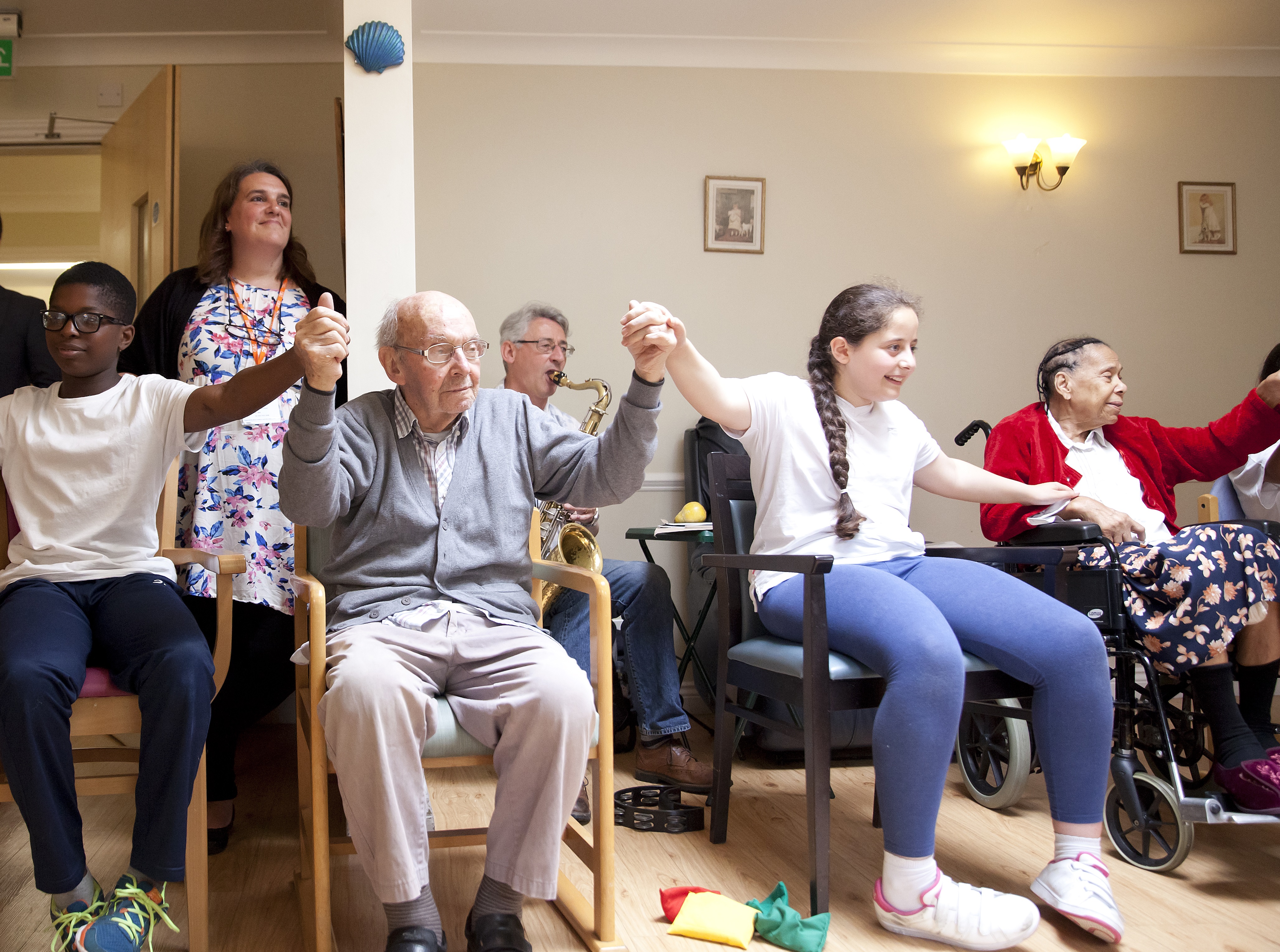 Photography by Rachel Cherry, Get Moving project funded by Mayor of London and Voltarol
Photography by Rachel Cherry, Get Moving project funded by Mayor of London and Voltarol
Recent years have seen developments in our work with older people. Throughout the company’s history, we have worked with groups of older people, some of whom have had dementia. For the last 5 years, we have increasingly been approached to work with discrete groups of people with dementia. The value of arts activities for people living with dementia (particularly singing) has a considerable history. Dance and music activities are increasingly being recognised as valuable interventions in this field and research – among which the 2 year study of our own ‘Remember to Dance’ project by the Sidney De Haan Research Centre for Arts and Health – (report found on our website) providing more and more evidence of the efficacy of dance in increasing well-being, quality of life and even cognitive ability. Our diploma course, accredited at Level 3, Leading Dance for Older People, is another important initiative and its fourth cohort is currently in mid-course.
For me, looking back is pleasurable, especially in remembering friends who worked with us long ago. It also inspires forward movement, old ideas springing anew in different forms, new ideas reflecting back earlier concepts. Something that this retrospection has made apparent to me is how important it has been to remain small. It can be irritating, this smallness, when ideas we have nurtured are appropriated and exploited by larger organisations, or when the level of funding we can attract is not enough for us to do our work as well as we could, but such considerations are outweighed by our flexibility, by how close we all are (even volunteers) to the heart of the processes we are involved in and by the humanity we can maintain within our company and, we hope, with all those we work with.
Fergus Early, Artistic Director





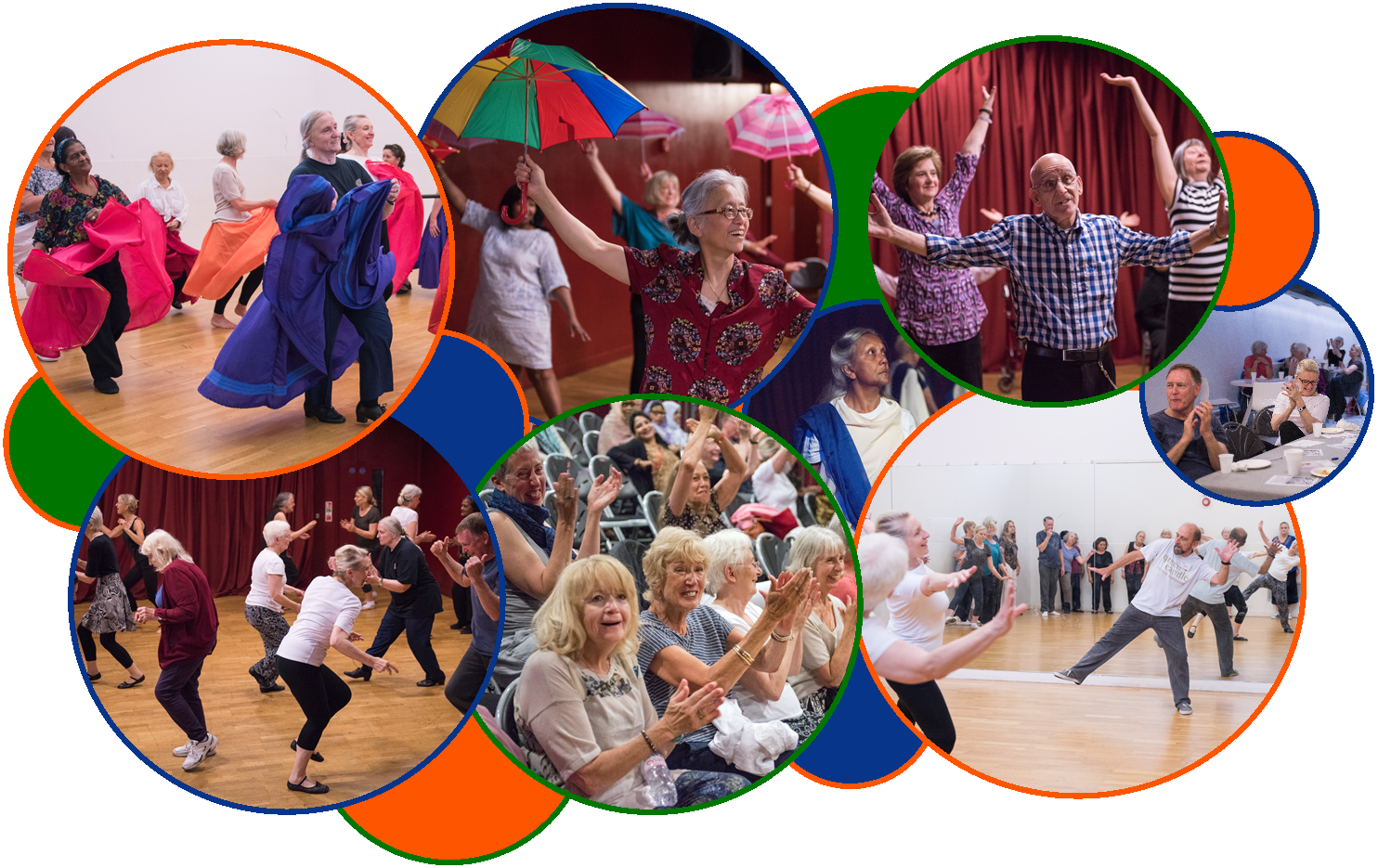

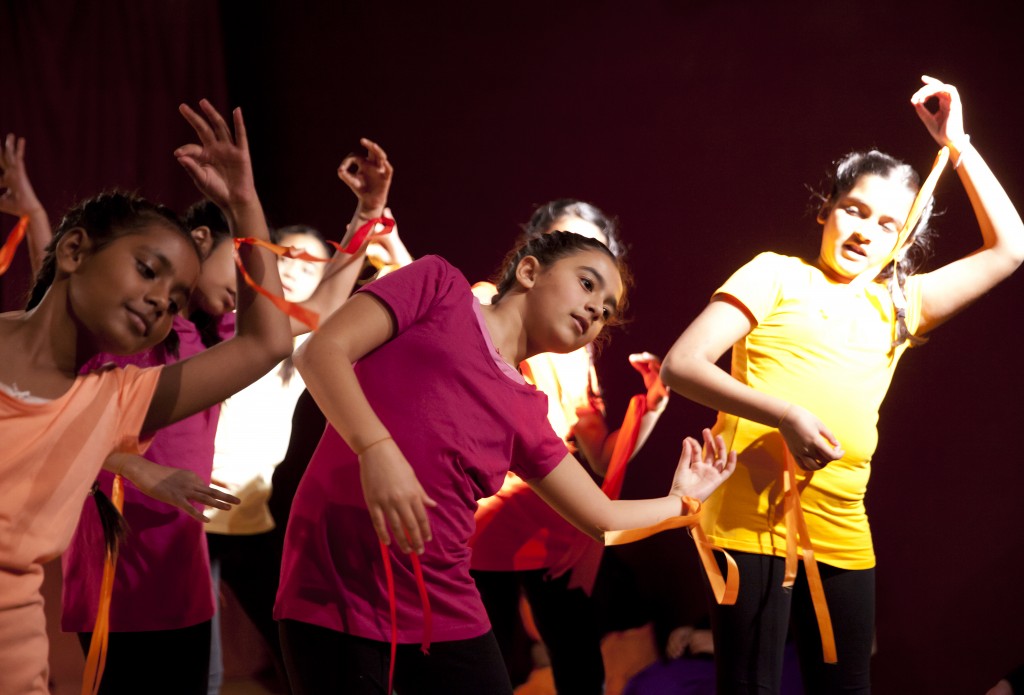
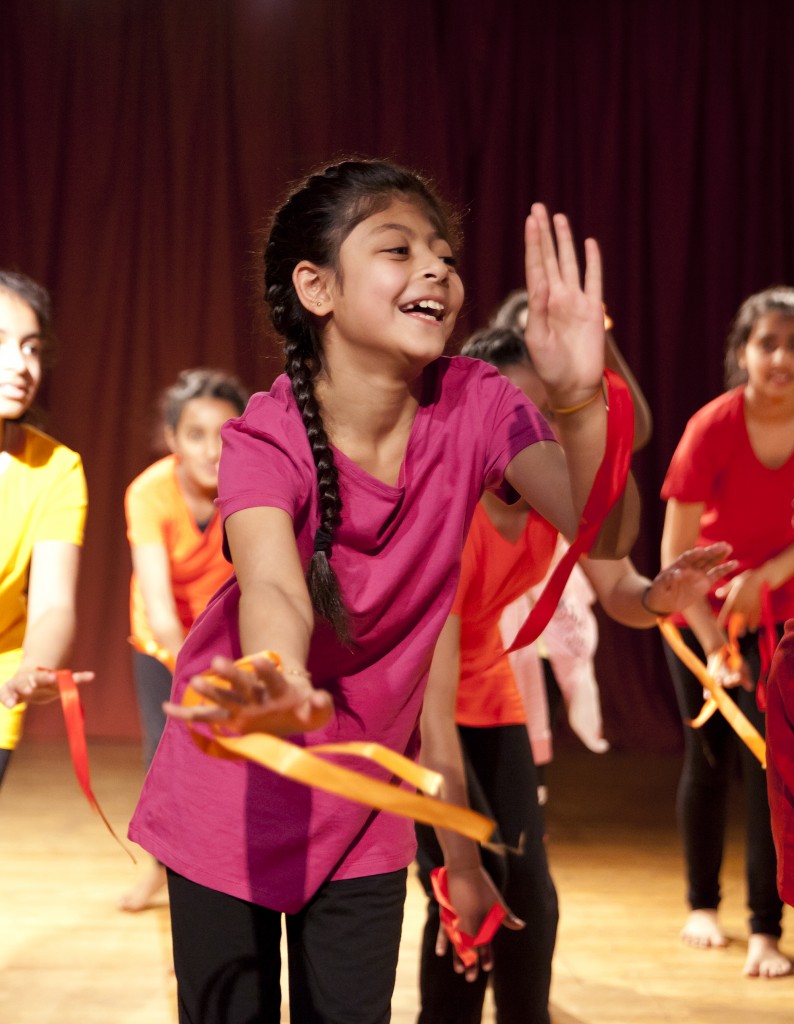
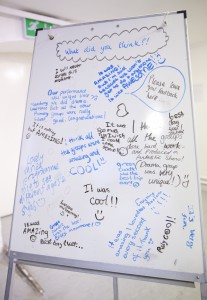
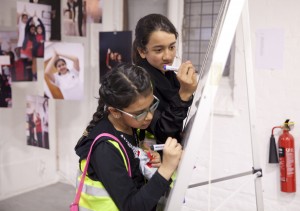
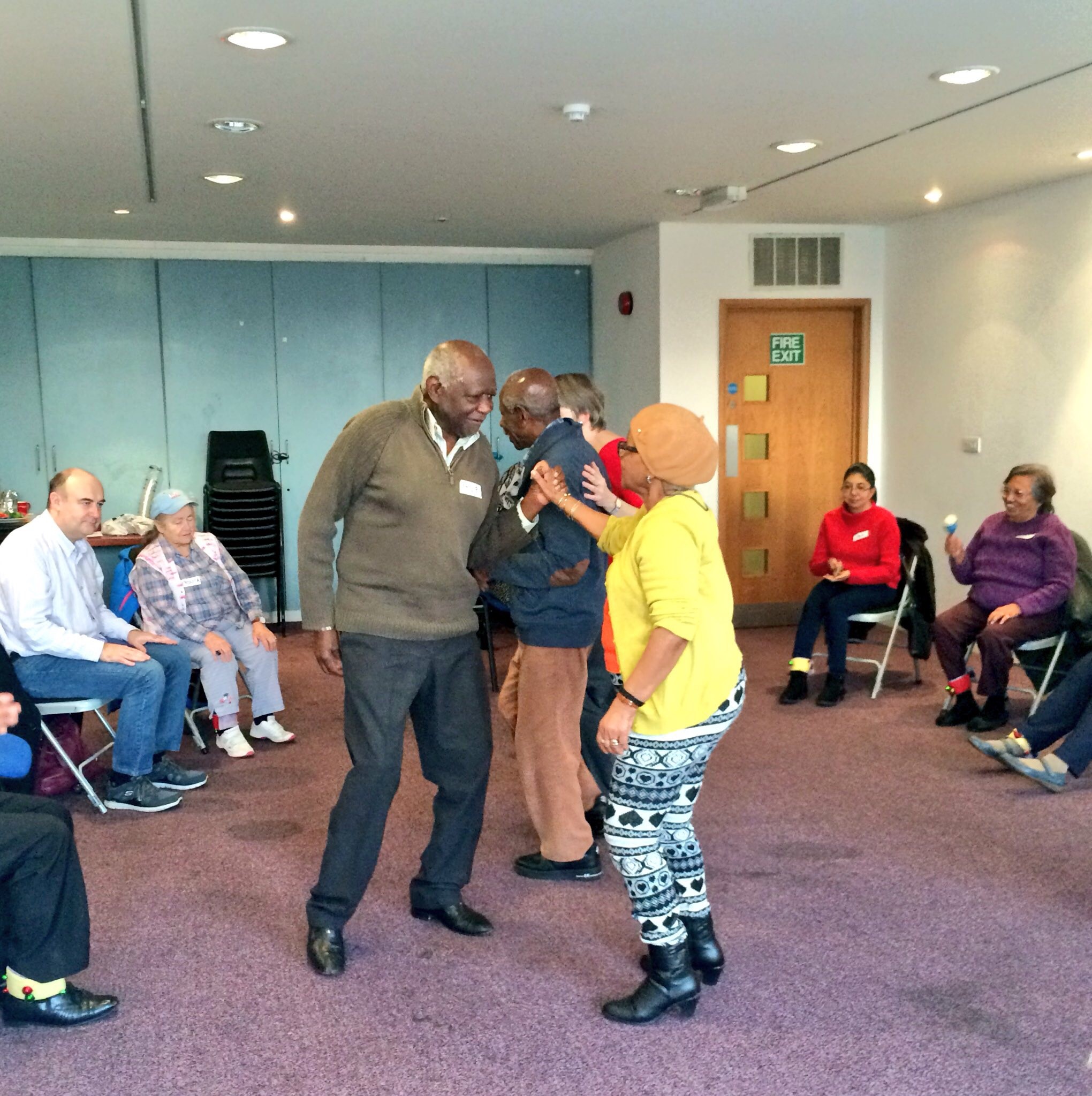
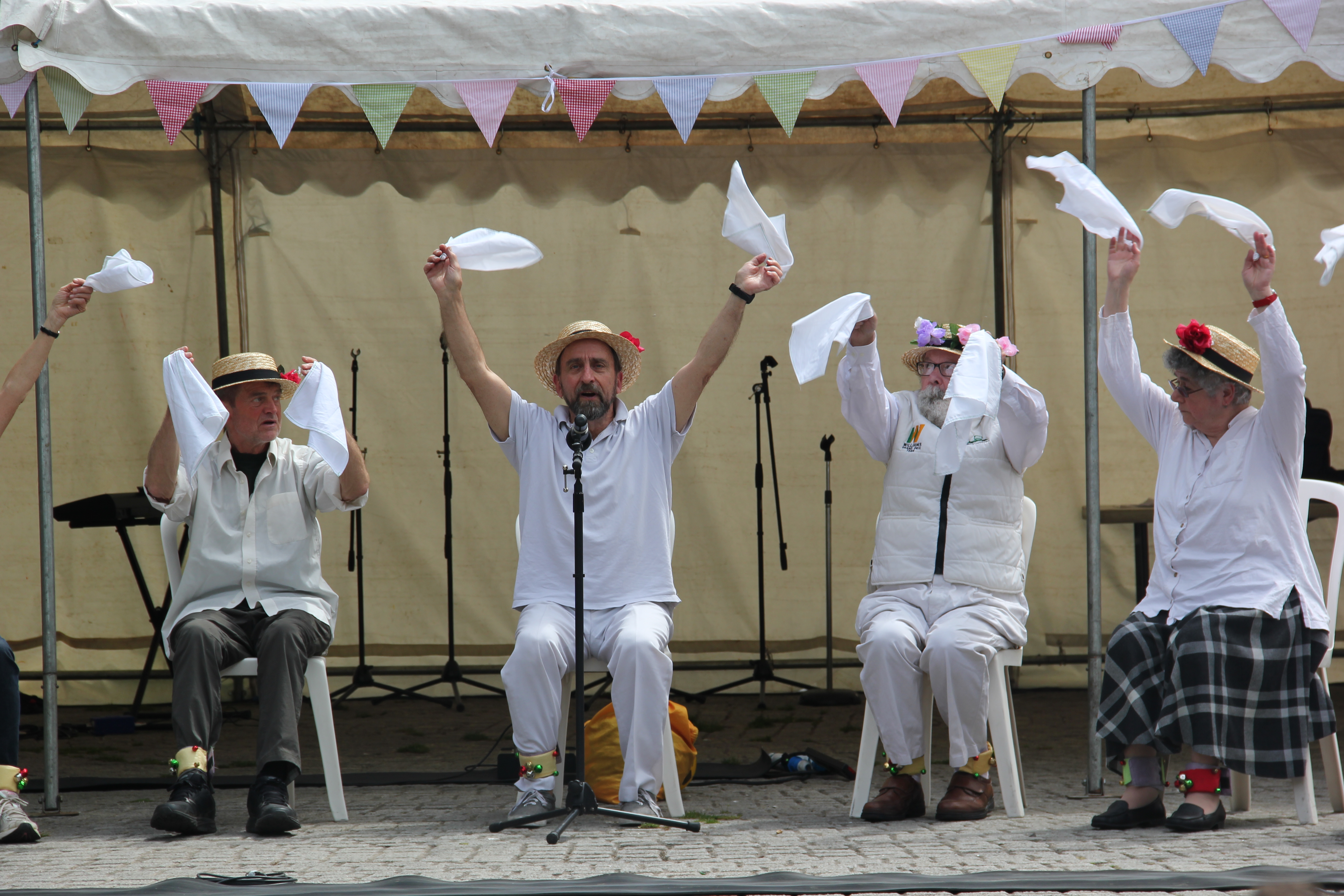
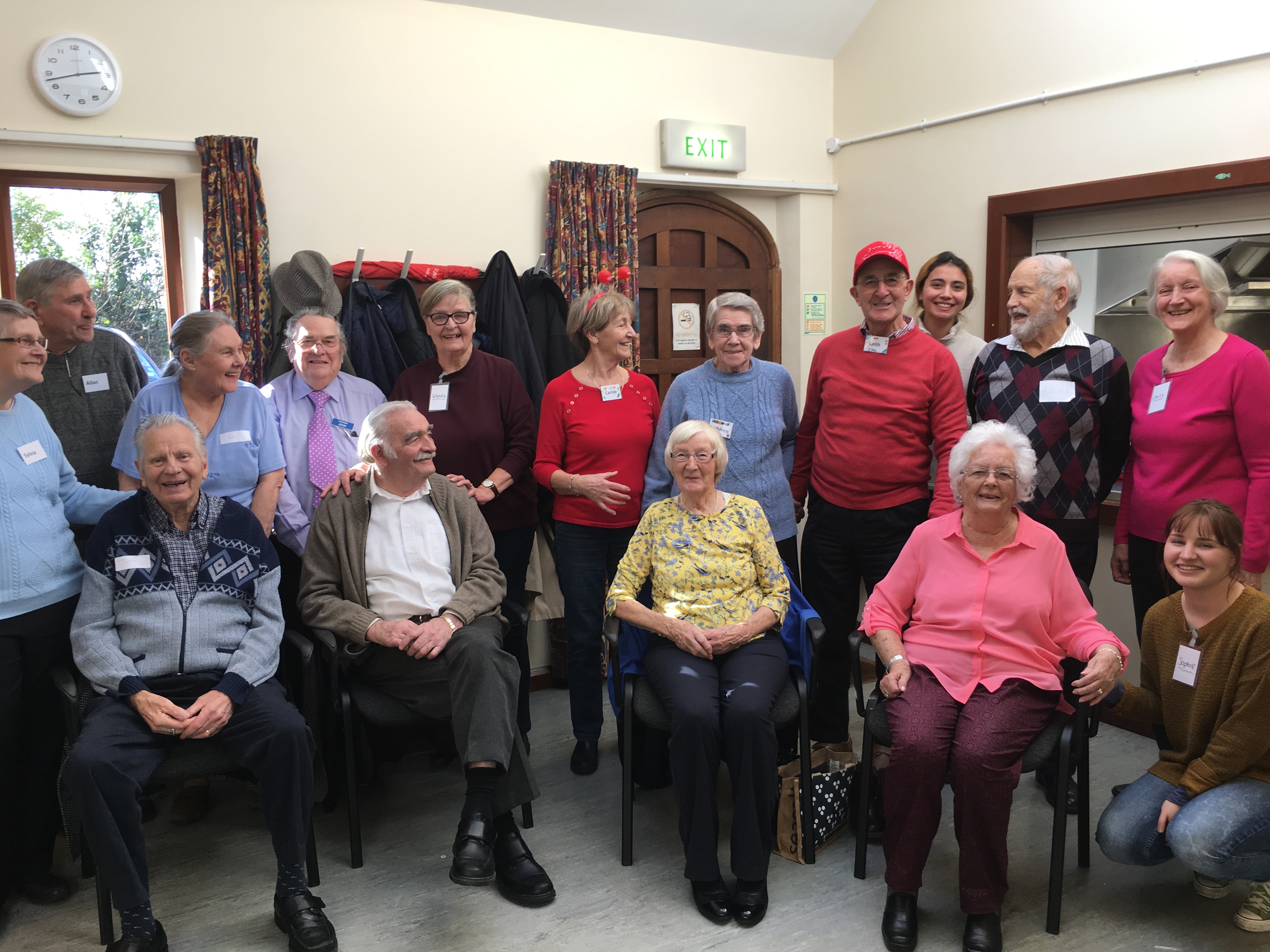
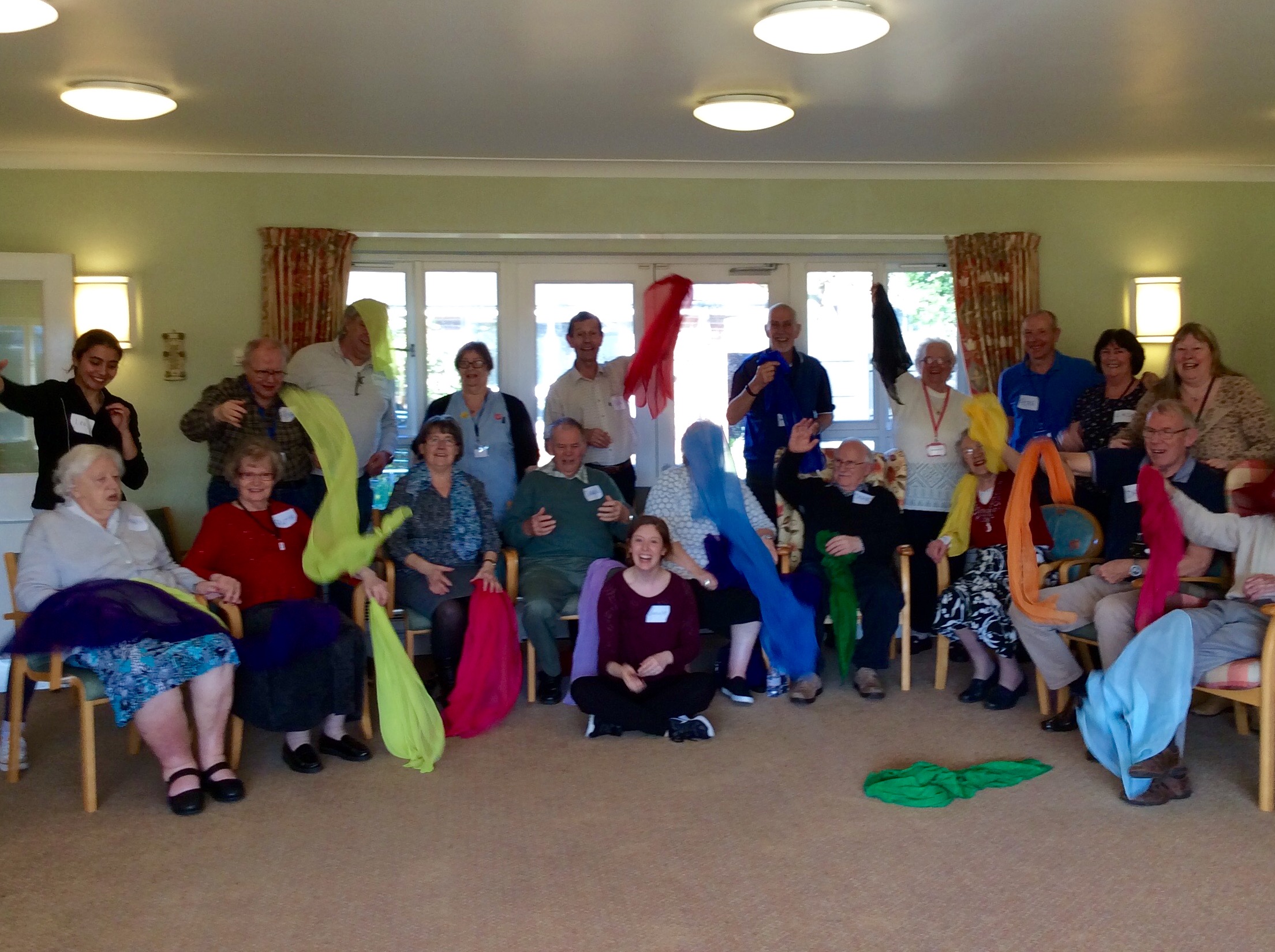

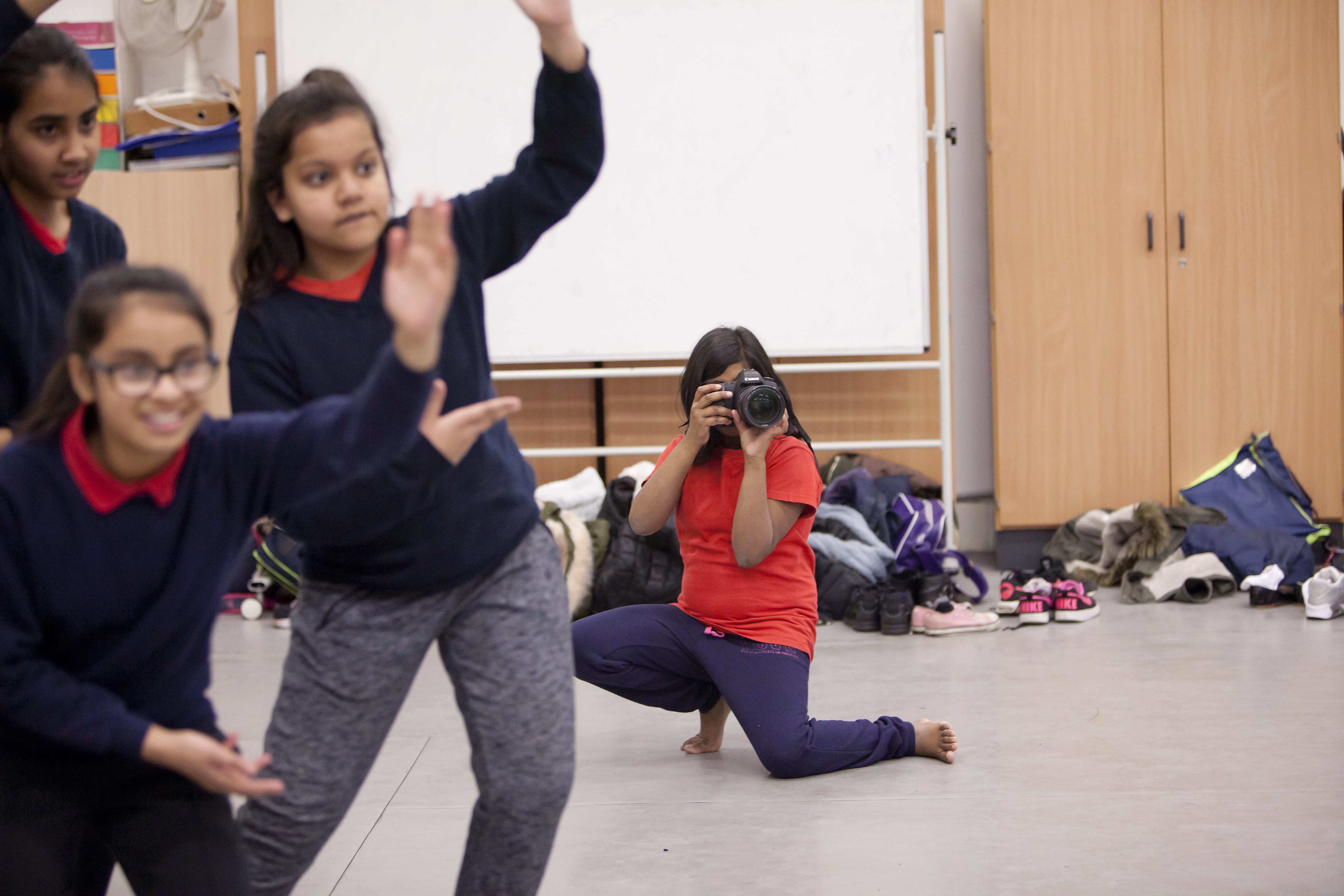
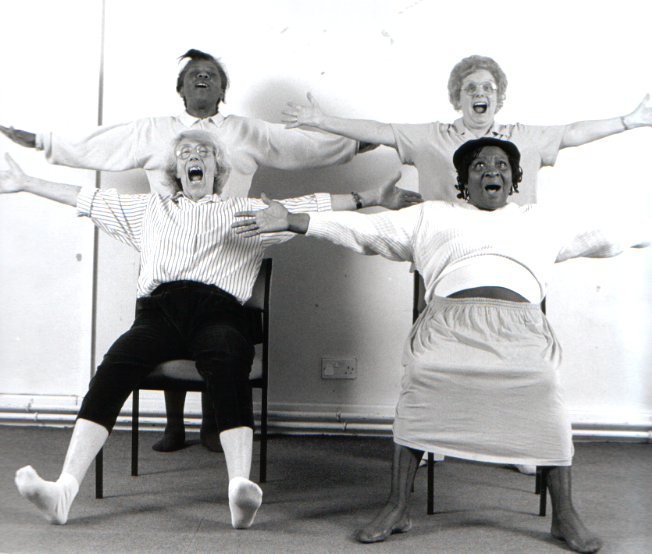
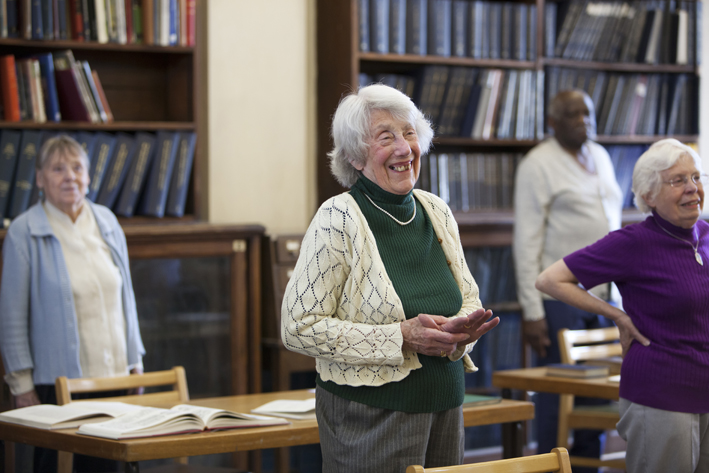

 Photography by Rachel Cherry, Get Moving project funded by Mayor of London and Voltarol
Photography by Rachel Cherry, Get Moving project funded by Mayor of London and Voltarol